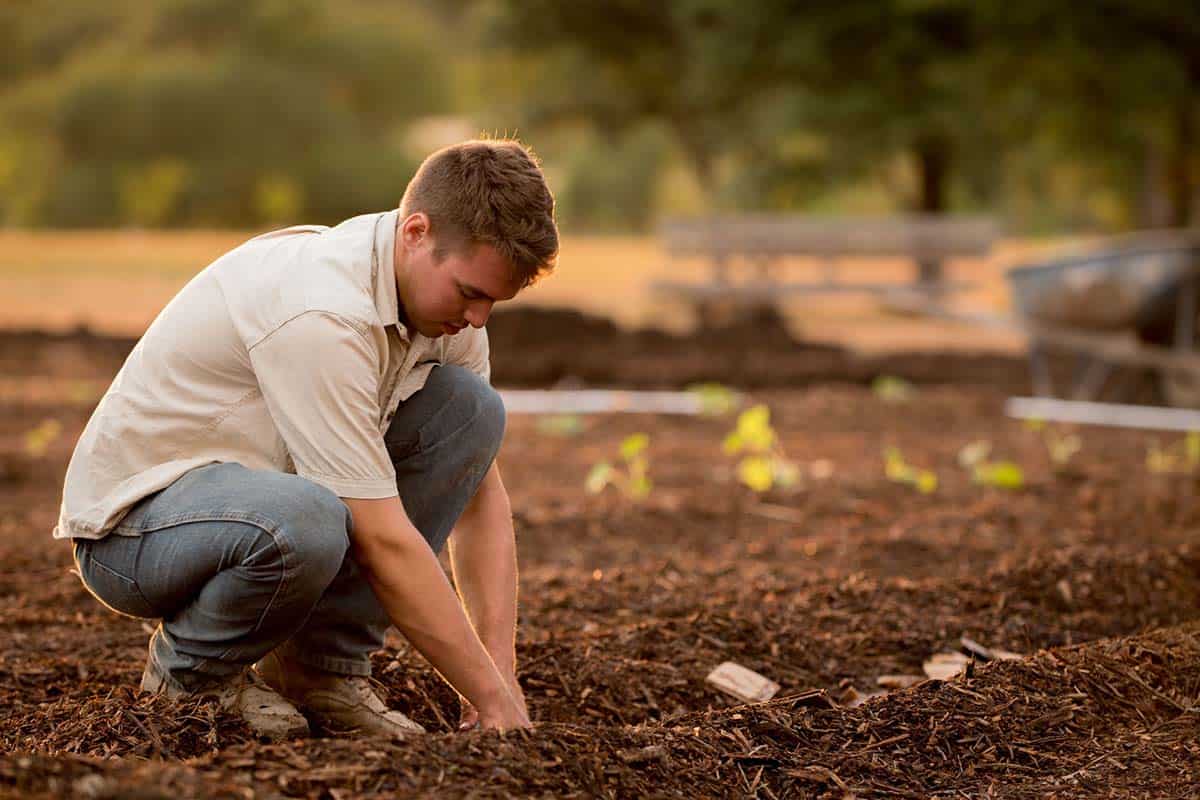Agriculture business, with a skillful approach to it, can bring considerable profits to its owner. The assortment of grocery stores mainly consists of agricultural produce. Eco-friendly products are always in high demand, and owning a business in the field of agriculture can be very beneficial. Farmers can develop their own business ideas and start a business from scratch, or use ready-made ideas. Let’s see how exactly they can do that.
Types Of Farms
Before applying the steps of starting a farming business, agronomists need to decide on the type of farm they want to launch:
- Livestock breeding
- Growing cereals, vegetables or fruits
- Beekeeping
- Fishing
These are the most popular areas of agricultural business. But farmers can always develop more original ideas. However, before starting to implement them, they should carefully analyze the market and determine the relevance of the planned service. It is desirable that there are as few competitors as possible in the chosen niche nearby.
Starting A Farming Business
Now, when the niche is chosen, farmers can move to the main steps of developing their agricultural business. However, these steps may vary depending on the niche. We will cover the steps for developing a farming business of growing crops.
The Mission
First and foremost, decide on a mission. Any business should have a specific goal. For instance, it can be the application of only organic farming practices to satisfy people’s need for a healthy nutritious food. Therefore, think carefully about the action plan and thoroughly estimate the budget. Look for partners, like-minded people and potential supporters.
Develop a Business Plan
A business plan is essential when developing a new business even if you’re not seeking for a loan. It helps to figure out which of your ideas are feasible, and to stay focused on your goals.
Before writing a farm business plan, it’s critical to determine your cost of production and estimate how much your rent/lease will cost.
Some of the major costs involved with starting a farm include purchase of land, equipment, livestock, also costs associated with seed, soil, water and so on. This planning will direct your actions toward desired outcome. So, try to estimate your future costs and break down them into categories.
Finding Land
This step is most important for farmers who decide to grow cereals, vegetables or fruits. When choosing land for this purpose, the first thing to pay attention to is access to water. Make sure there is a steady water supply. Pay attention to soil type, depth, and crop rotation history. High-quality soil is a must for successful cultivation. To be sure the soil quality satisfies your needs, take soil tests.
Choosing the Crop
The choice of a crop or several crops will depend on the size of available land, and most importantly, on the demand for particular crops in the area. It will come in handy if a farmer knows the basics of botany, geology, hydrology, mechanics. The farmer should also understand at least the basics of how any business functions, in order to secure their profit. For example, there can be some research done into what is already in your market and what it lacks. If you can fill an empty niche with locally grown products, you will be in a much better position compared to someone who is producing crops that are already in abundance in the region.
Marketing Research
As we’ve already established, you need to know what the market lacks to offer the product that will really be in demand. To find out, you should do market research. It will help to not only decide what to grow, but also find out who is going to buy your products, where to sell them, and how. And don’t forget to take competitors into consideration.
And although market research practices may seem too complicated, you can just do your own research. Get out and collect information on your potential customers, distribution channels, and practices on how to start a farm.
If you already have a particular product in mind, learn more about it in the local market: meet other producers in the area, communicate with customers when you shop, or even survey farmers’ markets to see if the demand for any crop or product doesn’t cover the supply.
Image Creation
Generally speaking, this step should be one of the first in establishing a farm business. However, having your farm ready to produce crops is a top priority task. In fact, if you are already growing crops and searching for the first buyers, it is a great time to start creating an image. The important steps in creating your farm’s brand are: name of the farm, slogan, and unique history. And in this day and age, it is crucial to have a website with a unique domain.
Using Modern Agro Technologies
Since we’re now living in a fast and changing world, an implementation of modern farming practices will help you to keep up with the competition. These practices include the use of different weather and soil sensors, drones, and satellite imagery. If you’re not as familiar with how to use them individually, the best way is to use online tools that have all that data integrated and simplified to help you with farm management and decision-making. These tools are generally easy-to-use, less expensive compared to other options, and require minimum implementation time. Often, all you need to do is simply download an application on your PC, tablet, or smartphone. Crop Monitoring by EOS is a reasonable choice, with features ranging from field monitoring to weather analytics, to productivity maps. It utilizes satellite imagery to analyze fields with the help of specially built-in algorithms. This online platform allows farmers to monitor their farm remotely, offering all the necessary information in one screen, which simplifies the decision-making. You can keep track of all your field activities in one tab, upload machinery data into the system, create seed and fertilizer variation application rates, and more. The app regularly provides all kinds of data, including changes in vegetation, weather (current, historic, 14-day forecast), fields rated according to a vegetation index, among others., Apart from a platform adapted to PC, there is a light version designed with scouts in mind. The scouting app helps farmers more effectively control their assets remotely by sending scouts to specific problem areas within individual fields. Precise field management based on accurate information, cost cutting, resources preservation (water, pesticides, fertilizers), and lots of saved time and energy, is what Crop Monitoring offers to its users.
Ultimately, this guide on starting a farming business is to show you that with the right and thorough step-by-step approach, it’s possible to launch a successful agricultural business.









